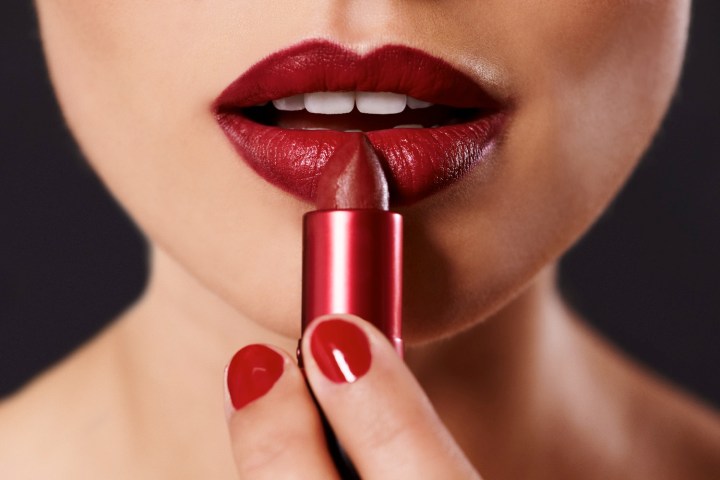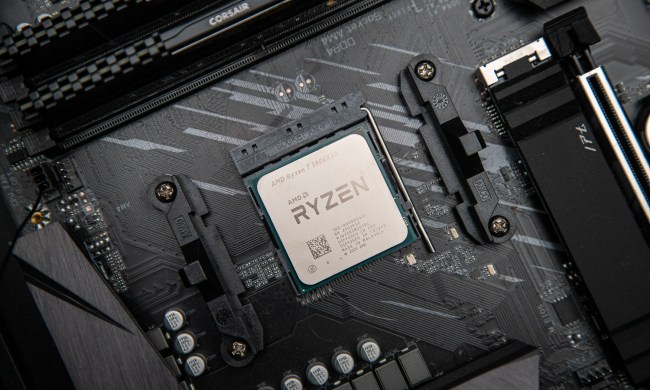
In a newly-published study in the Journal of Dermatology and Cosmetology, they describe the use of 3D printing to produce personalized makeup, more specifically lipstick. The work involves both 3D-scanning and 3D-printing technology to produce a lipstick applicator which perfectly matches the lips of the wearer, meaning no more mirrors necessary to apply it.
“The first step involves obtaining a high-quality scan of an individual’s lips in order to get a digital image,” Dr. Milica Stevic, one of the lead researchers on the project, told Digital Trends. “This image is then subjected to optimization and further modeling which is a simple, straightforward and universal procedure, regardless of the type of lips. As a result of this, a three-element digital model is obtained: A lipstick base, mold and cap, and manufactured using a 3D printer. A lipstick formulation is then poured in the mold and the lipstick base adjusted to the top. The inner part of the mold has a unique shape that perfectly matched the lip contours of the individual, so the final product obtained is a lipstick personalized to the individual’s lips.”

We’ve previously written about 3D printing in the fashion world, particularly when it comes to 3D-printing dress components to produce otherworldly fashion concepts that wouldn’t be possible any other way. The idea of using 3D printing to create makeup that’s customizable to each wearer — both in terms of the shades and finishes, as well as the application process — is new to us, though. It makes perfect sense, too. If 3D printing can be used to produce other consumables such as custom candy, why couldn’t it also be utilized to disrupt the $445 billion beauty industry?
“With the personalized lipstick applicator we have proved the concept, so now are working on a more sophisticated model that is more likely to be commercialized,” Stevic said. “Personalized cosmetic products are able to treat every consumer individually, and will give them the option to take part in creating their own products.”
Now we just need a cosmetics company with an interest in tech to pour some serious money into making a makeup 3D printer a reality. Your move, L’Oréal!


